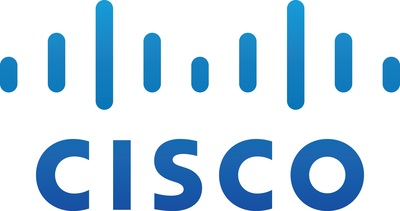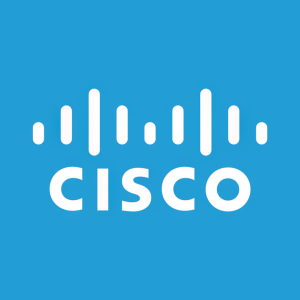Cisco Doubles Down on Frictionless Security to Protect Hybrid Work and Multi-Cloud Environments
Cisco has announced new risk-based capabilities in its security portfolio, enhancing protection for hybrid work and multi-cloud environments. The Risk-Based Authentication feature allows for user-friendly security, while the Business Risk Observability application offers a comprehensive view of application security. Initial insights from the Cybersecurity Readiness Index reveal a need for improved identity, network, and application security. The index showed that only 20% of organizations are in a mature state for identity protection, highlighting significant gaps in cybersecurity readiness.
- Launch of Risk-Based Authentication improves user access security.
- Introduction of Business Risk Observability enhances application security.
- Cisco's Cybersecurity Readiness Index reveals need for enhanced identity protection, indicating room for growth in product development.
- Only 20% of organizations are in the mature category for identity protection.
- More than 50% of companies are still in formative or beginner stages for network protection.
Insights
Analyzing...
NEWS SUMMARY:
- Finding the balance between usability and security is now easier than ever with the general availability of Risk-Based Authentication – giving users the access they need, secured by real-time contextual signals
- Significant advancement in its applications strategy,
Cisco introduces industry-first Business Risk Observability, an enhancement ofCisco 's Full-Stack Observability application security solution - While technology to secure devices is widely adopted, initial findings from
Cisco 's first-ever Cybersecurity Readiness Index revealed that more progress is needed to protect identity. networks and applications
"Security products should provide a frictionless user experience while minimizing risk for the organization," said
Respondents ranked identity and device management as two of the three top cybersecurity threats. Alongside the widespread adoption of technology like multi-factor authentication (MFA), criminals are increasingly targeting the solutions protecting users and devices.
Unfortunately, while we are seeing impressive levels of adoption when it comes to device protection, there is still much work to be done when it comes to identity. The highest level of readiness that companies have across the globe is in securing devices, with nearly half of companies placed in either the 'mature' (31 percent) or 'progressive' (13 percent) stages of adoption. On the other hand, significant progress is needed to meet the challenge of identity verification, with only 20 percent of organizations in the 'mature' category, and more than half falling into the 'beginner' (20 percent) or 'formative' (38 percent) stages.
Not only are these attacks becoming more frequent and current risk-based signals are failing, but authentication controls are also inflexible, creating too much friction. Security gets in the way, creating usability issues. Several features of Duo Risk-Based Authentication designed to reduce user friction and increase security efficacy in a hybrid work world are now available:
- Users can now authenticate less often in trusted situations without compromising privacy. Remembered Devices and patent-pending Wi-Fi Fingerprint allow users to stay logged in when using familiar applications, devices and networks – without collecting personal or private location information.
- Protect against authentication phishing attacks with the new Verified Push capability. In risky situations where Duo can recognize behavior from known attack patterns, it requires the user to enter a code, instead of just pushing a button to confirm.
- Expanded Single Sign On (SSO) capabilities that cater to modern enterprises and improve productivity by notifying and enabling users to reset their passwords before they expire.
Application Security
According to the Cybersecurity Readiness Index, companies urgently need to act on the security posture of their applications and related workloads. Only 12 percent are in a state of mature application-security readiness, while 65 percent are in the early or formative stages.
A significant advancement in its applications strategy,
Secure Connectivity
IT complexity, and the complexity of managing a highly distributed workforce has introduced risk to the organization and increased operational costs. Most enterprise networks can't support the change in traffic patterns driven by SaaS and hybrid work. Only 19 percent of companies are placed in the mature stage of protecting the network, while more than 50 percent are in the formative or beginner stages.
To provide secure access to anything from anywhere - organizations are increasingly adopting Secure Access Service Edge (SASE) architectures.
Additional Resources:
About
![]() View original content to download multimedia:https://www.prnewswire.com/news-releases/cisco-doubles-down-on-frictionless-security-to-protect-hybrid-work-and-multi-cloud-environments-301740207.html
View original content to download multimedia:https://www.prnewswire.com/news-releases/cisco-doubles-down-on-frictionless-security-to-protect-hybrid-work-and-multi-cloud-environments-301740207.html
SOURCE








